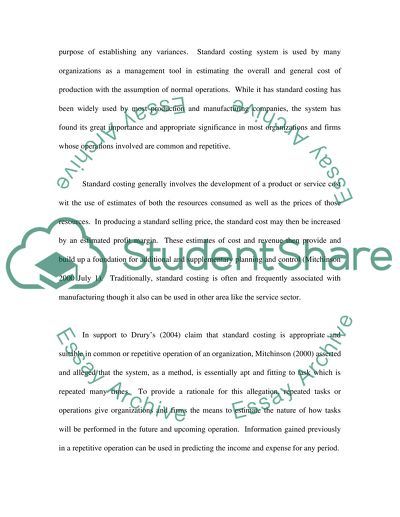Cite this document
(How Does the System of Standard Costing Work Research Paper, n.d.)
How Does the System of Standard Costing Work Research Paper. Retrieved from https://studentshare.org/finance-accounting/1526933-standard-costing
How Does the System of Standard Costing Work Research Paper. Retrieved from https://studentshare.org/finance-accounting/1526933-standard-costing
(How Does the System of Standard Costing Work Research Paper)
How Does the System of Standard Costing Work Research Paper. https://studentshare.org/finance-accounting/1526933-standard-costing.
How Does the System of Standard Costing Work Research Paper. https://studentshare.org/finance-accounting/1526933-standard-costing.
“How Does the System of Standard Costing Work Research Paper”, n.d. https://studentshare.org/finance-accounting/1526933-standard-costing.


